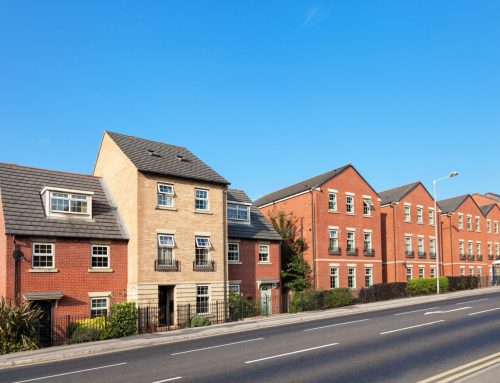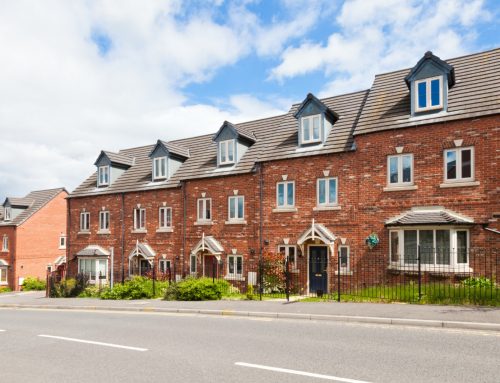UK Interest Rate Cut
The UK interest rate cut has lowered the Bank of England base rate from 0.5% to just 0.25%. This cut is a new low for the base rate which has been 0.5% for seven years and now we look at how this will affect savers, borrows and the property market. For anyone with a fixed-rate mortgage, it does not mean anything. But if any of your borrowing is on a variable rate then it’s likely to be good news. The 1.5 million borrowers with mortgages that track the base rate will see their monthly repayments fall, probably from the start of September. For a homeowner on the average variable mortgage rate of 2.86% and a mortgage of £150,000, a reduction in line with the base rate will mean monthly repayments falling by £19.68 to £687.
What a 0.25% Interest rate cut translates to
- £22 off a typical monthly mortgage – but only 1.5m mortgages automatically track the Bank of England base rate
- £25 less in interest a year on £10,000 savings pot.
What does the UK interest rate cut mean for savings accounts?
Savers have been suffering since the last interest rate cut, and it is likely that returns on savings accounts will fall further due to this cut. There are 385 savings accounts that could end up offering no interest at all if banks and building societies pass on the whole reduction, according to a report from the financial information firm Moneyfacts. It found 60 variable rate accounts available in the market, which pay an interest rate of 0.25% or less, alongside 325 accounts that are closed to new business but still hold customers’ cash. Sue Hannums from Savingschampion.co.uk says huge numbers of savers have money “languishing in these appalling accounts” and are likely see returns fall. “I don’t think there are going to be many providers who are going to hold back,” she says. “Previously, after a rate cut banks and building societies have waited until the end of the month or the beginning of the next to pass on a reduction. However, things have been turned on their head.”
What does the UK interest rate cut mean for borrowers
Andrew Hagger of Moneycomms.co.uk does not expect the full 0.25% to be automatically deducted from loan rates. “Competition has been fierce in recent years and lenders margins are already thin,” he says. “However, we may see one or two banks with a strong appetite for new business perhaps shave 0.1% off their rates to benefit from a better ranking in the best-buy tables.”
What does the Lower rate of interest mean for house prices?
The lower cost to borrow money, could help push up house prices. The low cost of lending may entice people into an already under-supplied property market, as they can access cheap lending through low interest mortgages. While this means lower monthly repayments for property buyers due to the stress testing criteria for lenders offering mortgages. “You still have to meet the affordability criteria and those don’t necessarily change because the Bank base rate comes down,” says Hollingworth. The poor returns offered by savings which is being outpaced by the rate of inflation, means that money held in savings accounts is actually losing value in real terms over terms, and the access to cheaper borrowing will lure those invested in poor performing savings accounts to invest in property. Click Here For More Property News








